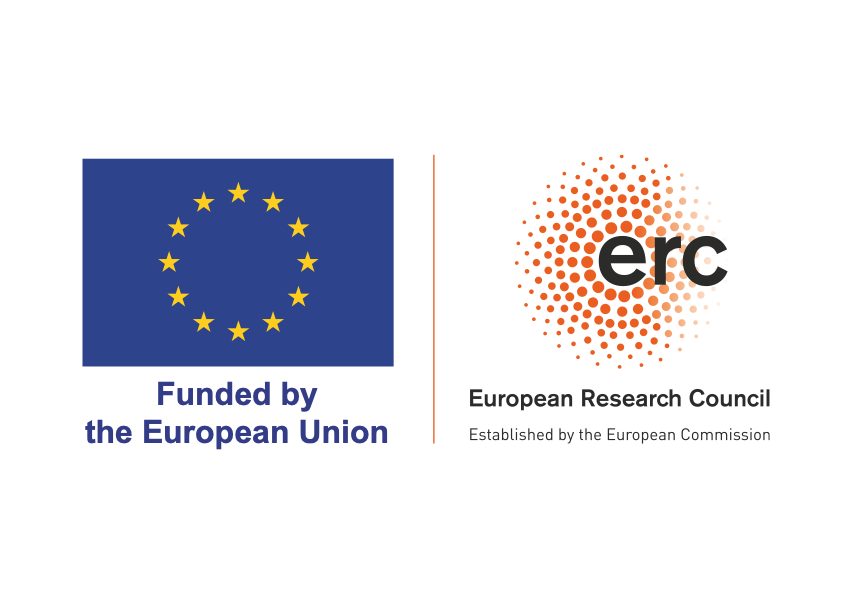
ABOUT THE PROJECT
Uncovering lithium as an emergent contaminant in rivers and coastal environments
Lithium is a key component of rechargeable batteries and is also a drug used to treat bipolar disorder. However, its effects as a contaminant for coastal species and for the human populations that consume them are still unknown.
Science at the crossroads of ocean and health
The novelty of SeaLi2Bio relies in the combination of most recent development in Isotope Geochemistry with Biology and Ecotoxicology to tackle issues related to lithium contamination and its impact on marine life and coastal populations.
Investigating subtle shifts in coastal chemistry and their effects
We develop a new and automated technique to identify and monitor subtle changes in the distribution of lithium isotopes in coastal environments and in biological tissues of plankton, bivalves, and fish.
Meet the SeaLiBio Team
SeaLi2Bio is implemented near Nice (South France), at the Laboratory of Villefranche (LOV) and Institut de la Mer de Villefranche (IMEV), located both at Villefranche-sur-Mer. Our team involves researchers, engineers post-docs and students from various disciplines (Isotope Geochemistry, Oceanography, Biology, Ecotoxicology), in France and abroad.
Funded by an ERC Advanced Grant
The European Research Council (ERC) grants are prestigious funding
opportunities provided by the European Union to support groundbreaking
research across all fields of science, engineering, and scholarship.
More details here : https://erc.europa.eu/homepage




